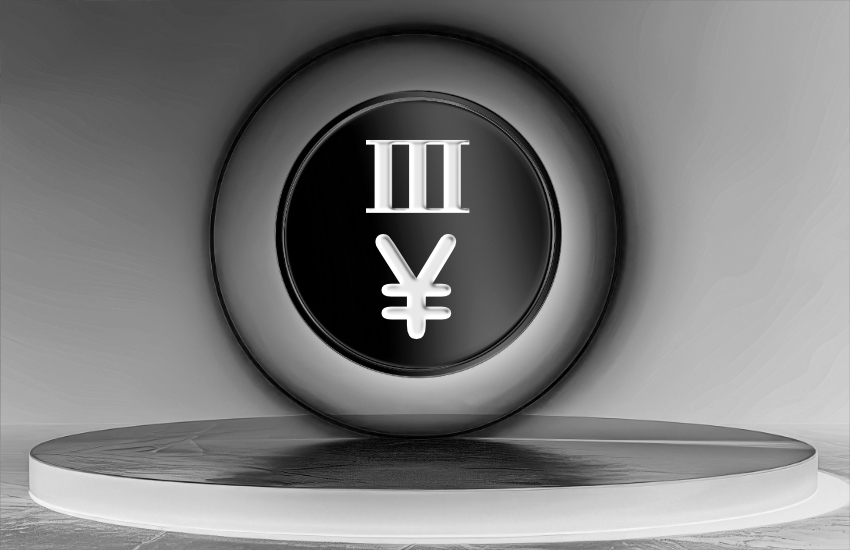Minna no Bank Explores Stablecoin Innovation on Solana Blockchain

Minna no Bank Ventures into Stablecoin Experiments on Solana Blockchain
Introduction to Minna no Bank’s Initiative
Minna no Bank, a pioneering digital banking institution under the Fukuoka Group, has unveiled its plans to conduct experiments with stablecoins utilizing the Solana blockchain, in collaboration with Fireblocks and the local IT firm TIS.
Exploring Use Cases for Stablecoins
This innovative bank, recognized as one of Japan’s first fully digital banks, aims to investigate various applications for both consumers and businesses. A key focus will be on leveraging stablecoins for settling transactions related to tokenized real-world assets (RWAs), including digital bonds and real estate. Japan has made significant strides in real estate tokenization, with frequent issuances from real estate companies and financial institutions.
Previous Collaborations and Blockchain Transition
In its earlier endeavors, Minna no Bank participated in stablecoin trials alongside two smaller Japanese banks, Tokyo Kiraboshi Financial Group and Shikoku Bank. These trials were conducted on the Japan Open Chain, an ethereum-compatible blockchain supported by validators from Japanese corporations, including the bank itself. The blockchain was founded by Gu Technologies, which also has a subsidiary focused on stablecoins that facilitated those experiments.
Shift to Public Blockchain for Broader Engagement
The transition from Japan Open Chain to Solana signifies a growing interest among institutions to engage with larger public blockchains that provide a wider scope for operations.
TIS and Other Collaborative Efforts
TIS, the technology partner in this initiative, is also involved in various other stablecoin projects in Japan. Notably, it is collaborating with SMBC, the country’s second-largest bank, to explore the issuance of stablecoins. Fireblocks is also a key player in this initiative, which plans to utilize the Avalanche blockchain for its operations.







